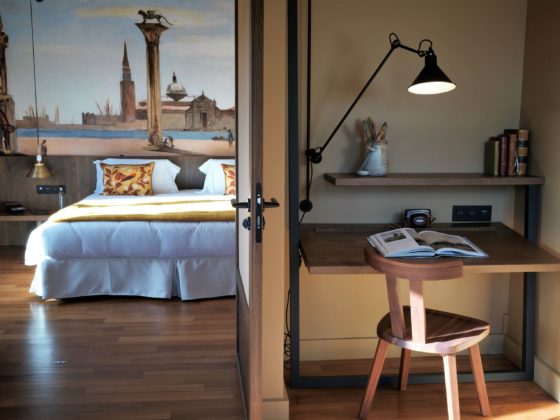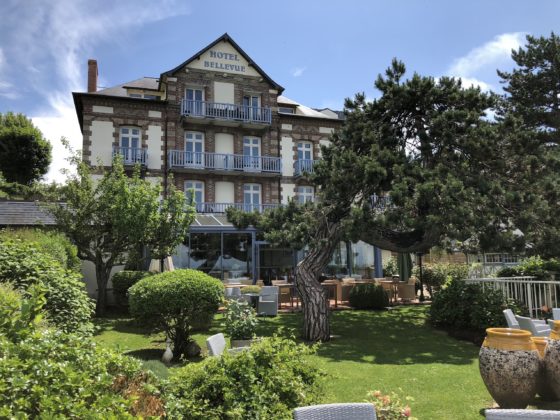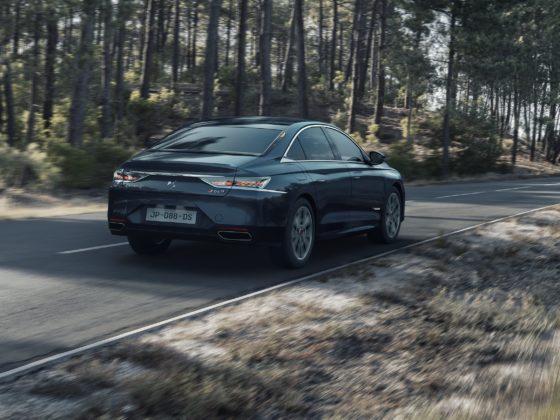Small tips for dreaming or buying a mythical bomb ex-fan of the eighties, the Peugeot 205 GTi. One of the small French yongtimer cars, front wheel drive, which now sits at the top of the ratings.
By François Tauriac
Nobody has forgotten the queens of the road in the 80s. These cars that used to haunt our national roads and reign unchallenged on the pavement of the big cities. 40 years later they have become the rulers of a new kingdom, that of the collection. The few remaining examples now sit atop the auction block, but also in the hearts of those who had the chance to drive them in their youth.

What made the success of the 205 GTi? First of all, its lowered look, its fender flares, its original aluminum rims, or its red carpets. But also the victories of her elder sister, the Turbo 16 Group B, 4-wheel drive, rear mid-engine, world rally champion in 1985 and 1986 and winner of the Paris-Dakar 1987 and 1988. His chassis, of course, played its part. Rigid, efficient. And then, its incredible triangulated front axle guidance and its very playful rear axle. Details that have given it incredible handling. Even imperial, especially when associated with Michelin coupons. And that also earned it a few run-offs, so much so that the drivers who took the wheel felt like invincible pilots. And then, of course, there’s its wonderful engine. The XU 1.6-liter 105 hp engine with Bosch injection and ventilated front discs. Its 0 to 100 km/h time of 8.2 seconds for the 130 hp model and its 206 km/h time…
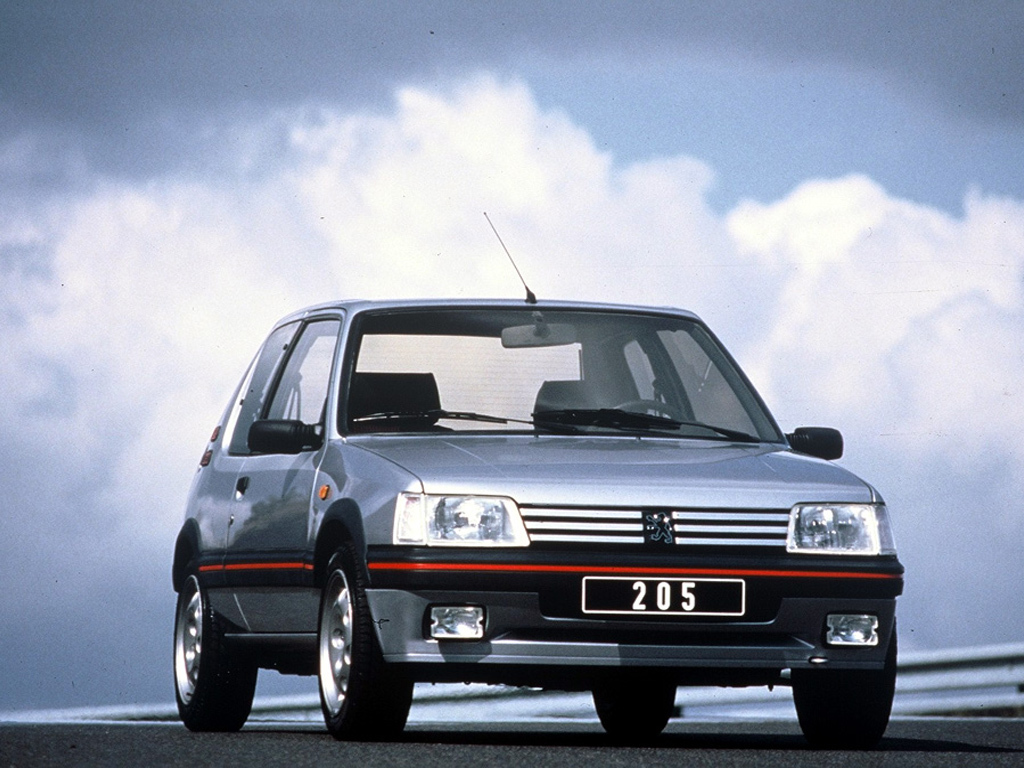
A cocktail of 850 kilos with diabolical efficiency. First answer of the French to the German hegemony of the Golf GTI widow maker which reigned since 1976 on the world of the bombs. The 205 was the result of a meticulous study by the engineers of the lion brand. Gathering all the ingredients to make a perfect sports car, even pushing the search for perfection to the point of working on the sound of the Golf’s doors when they were slammed and even the sound of the exhausts.
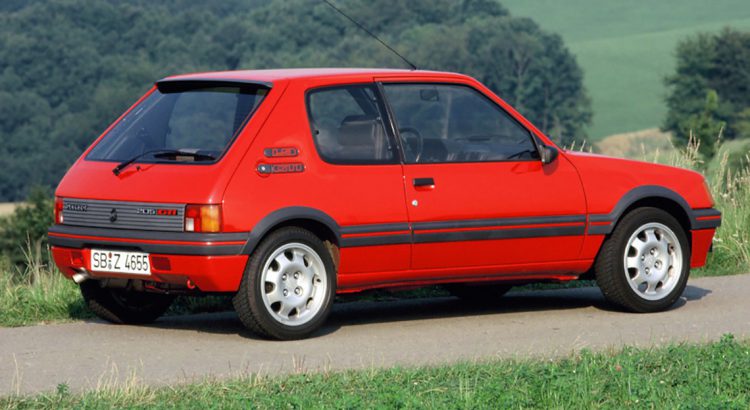
But let’s go back to 1984, when the 205 was released. Peugeot is not doing well. The range is getting older and the most powerful little lion of the time is the 104 ZS at the end of its career. 72 horses and a post 70’s look, square like a soapbox. This is the period of the 505 Turbo, which proves that they know how to make fast cars in Sochaux, or win rallies in 504 V6 coupe. The 205 will come out of the wilderness to set the record straight and save the brand. Its secret, a great look and a range of engines from the asthmatic atmospheric diesel to the overpowering 1.9l 130hp of the latest GTI through a 115hp. 25 years of career and 5 million copies later, the Two O Five, as the British say, reaches new heights in collection. Up to 20,000 euros for a very nice example with few kilometers. 43,000 euros at auction for a 1.9 L in August 2017 in England, 32,000 euros in 2018 for a special Le Mans series, reserved for the Swedish market, very rare.
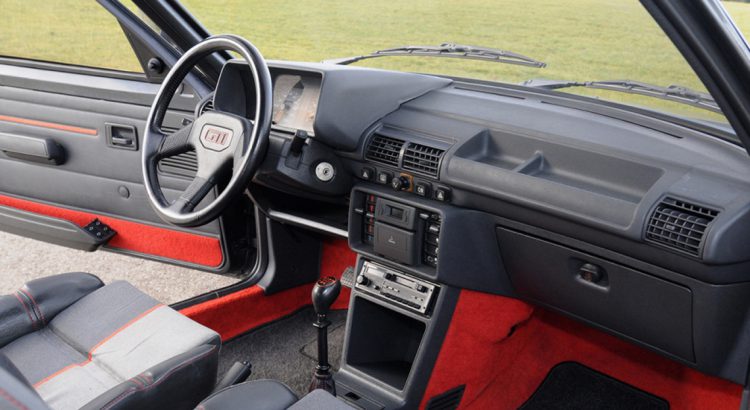
The only problem with these little monohulls is that they have sometimes been subjected to the torments of second-hand tuning transformations, when they have not been outright wrecked at a time when the speed limits were blithely flouted The first thing to look at, then, is the box. It loses rigidity above the rear windows and cracks may appear if the body has been repaired. Or if the shocks are too stiff. Be sure to check the door alignments that go high up on the roof and front hood and tailgate. If all this is not straight, run away. On the rear fenders, rust can develop around the joint and behind the plastic extensions.
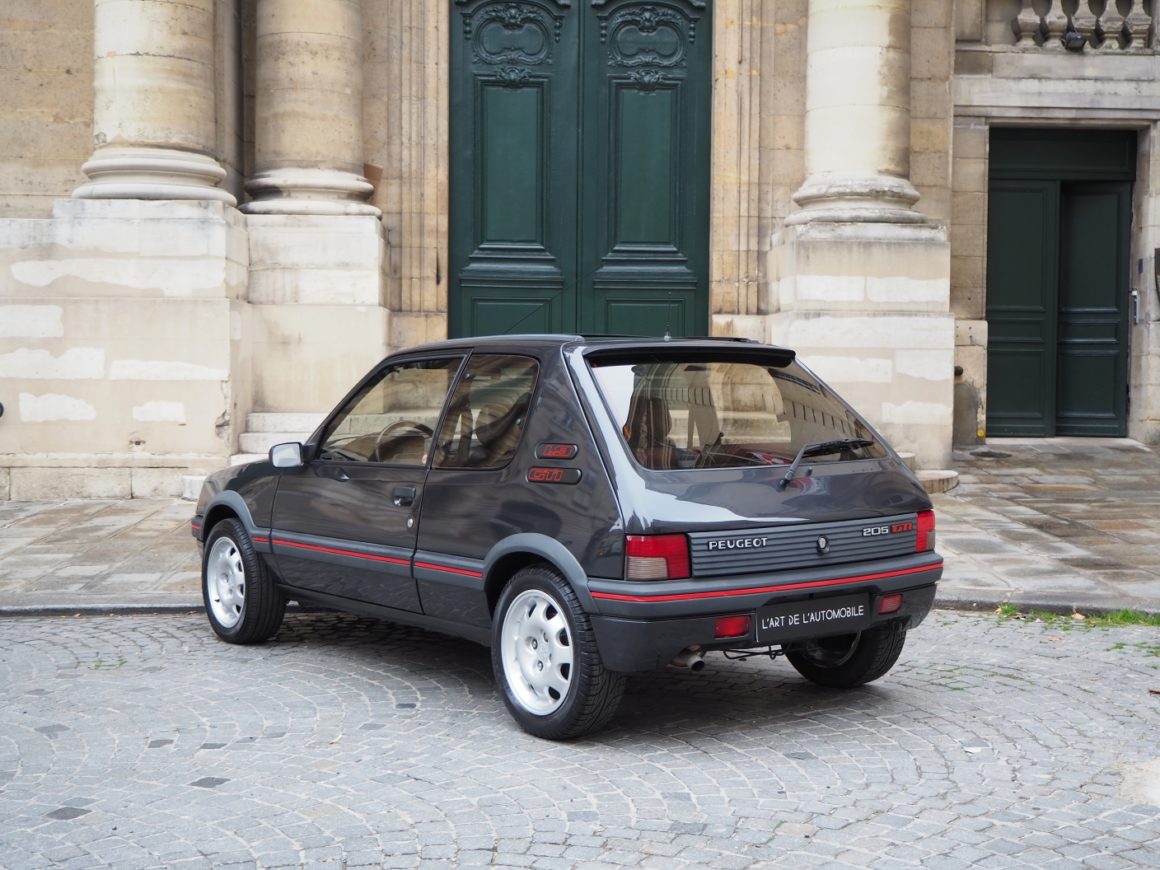
Inside, now. Seats are not built to last, lumbar supports can be worn out, seat posts at leg level too. Look at the comodos, and the dashboard which may have been completely dismantled Then, start the beast. See if the idle speed is stable. No exhaust fumes. The hardness of the clutch. Friction point. According to all the specialists, the engine is puncture-proof and can quietly reach 300,000 kilometers without too much cost. After that, it’s a different story. Always ask for cold starts. A good way to know the condition of the ignition amplifier, the starter, the injectors, the exhaust manifold which is often cracked, the valve stem seals (smoke when starting from cold). Check the engine numbers on the last TC and the engine plate in the car. A good way to know if the mill is original and not catalyzed. Or if it does not come from a Xantia 2 l. turbo! Also beware of tired rear axles. It costs a fortune to redo them. Beware of blurred gearbox controls too. The trims and linkages are hard to find.

For the models, there are three basic variants: the 105 hp, the 115 hp and the 130 hp. We leave aside the CTi convertible which did not benefit from all the assets of its sister, the coupe – different front end and lack of rigidity without roof. The most quoted is the most powerful. But not the most interesting. The quotation announces the 105-115 around 14 500 euros. The 130 around 15,600. An example with low mileage will be even more expensive. A limited series Griffe of 1990 – easily recognizable by its fluorite green metallic fluorite color and specific upholstery – can reach more than 20,000 euros. In any case, go for it and take advantage of a little beast that goes up. It will return your investment with its overflowing generosity and amazing versatility.





